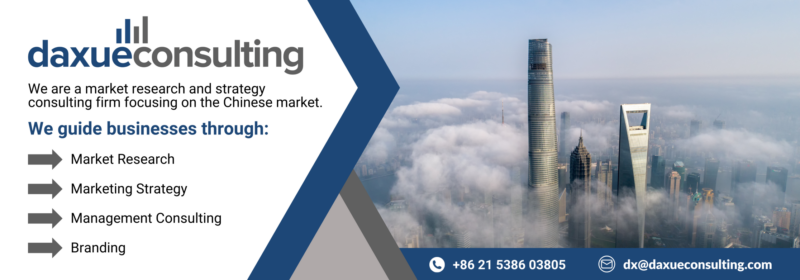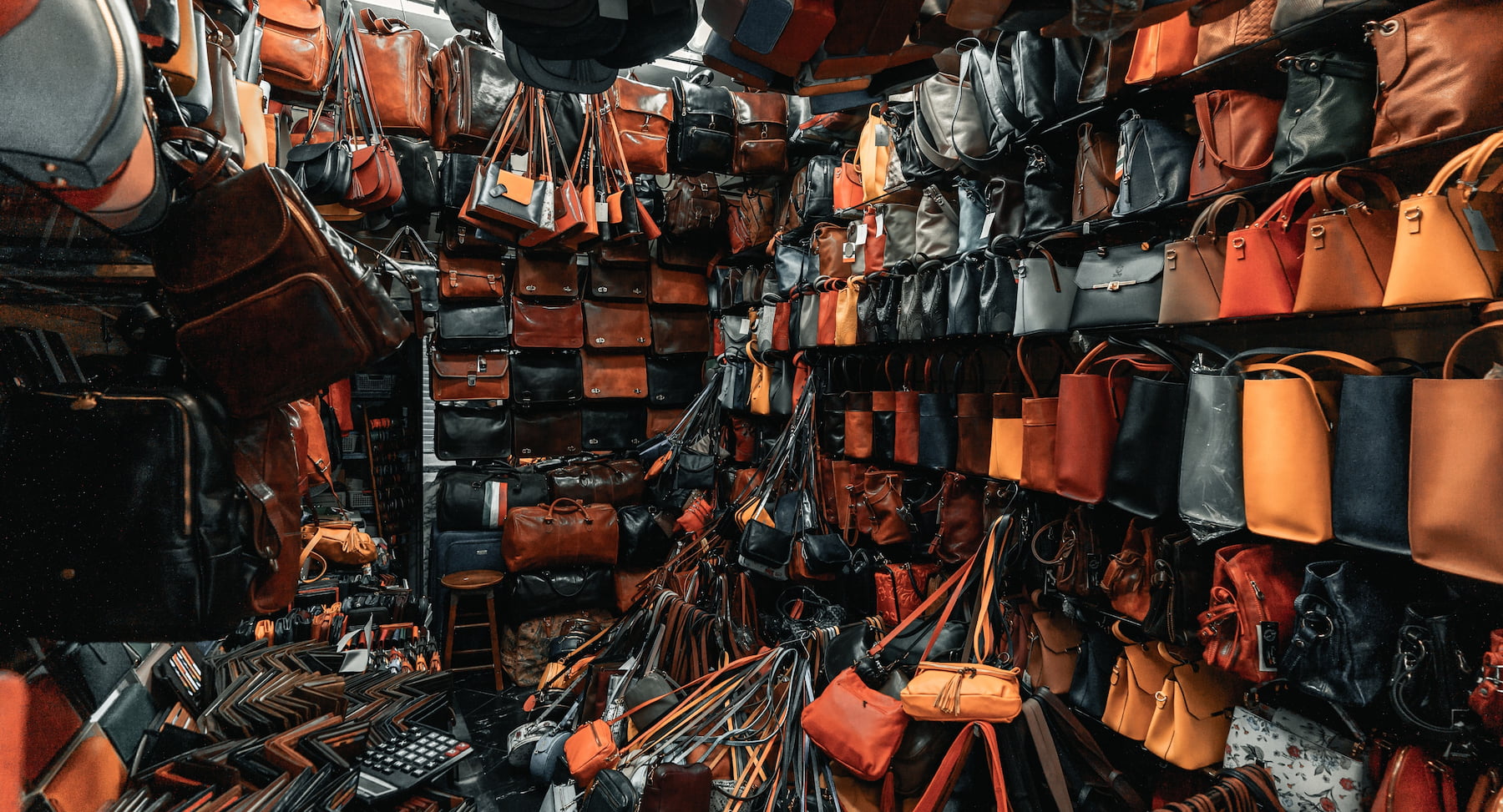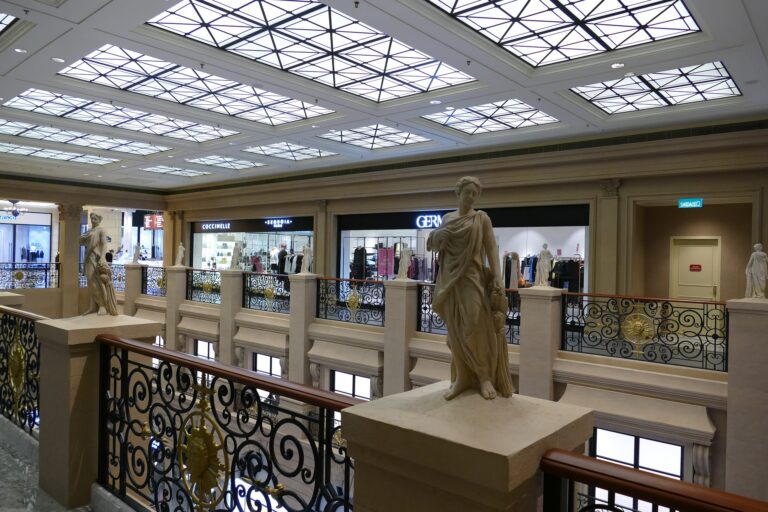Chinese counterfeit products dominate the global fakes industry. In fact, China and Hong Kong accounted for close to 90% of the total value of counterfeit and pirated goods seized by U.S. Customs and Border Protection in 2024. Within China’s borders, forgeries of luxury-brand products are more prevalent than in any other country in the world. When on the metro or walking down the street, it can seem as if nearly everyone is sporting a flashy brand-name product. However, many are counterfeits.
Download our China luxury market report
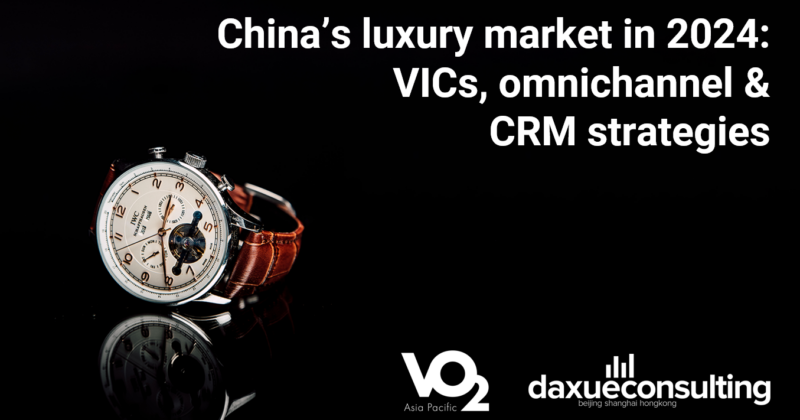
The world’s luxury brands face a major threat from “real fakes”– counterfeit goods so similar to the real thing that differences are nearly imperceptible, rather than casual counterfeits. The distribution of Chinese counterfeit products has resulted in loss of sales, damage to brand integrity, trademark dilution, and high costs of enforcing intellectual property rights. For luxury brands, battling Chinese counterfeit products through lawsuits is essential.
Two drivers of China’s counterfeit production
The counterfeit industry in China: a consequence of economic growth
The counterfeit industry in China is seen as a problem, but it should also be studied as a symptom of economic growth. In 1978, Deng Xiaoping started reforming China’s economy to encourage foreign investments. Many global brands like Nike or Adidas relocated to China for its low wages and domestic potential. As a result, China became the world’s workshop: it is now the world’s leading exporter, with approximately 70% of Chinese exports consisting of manufactured goods.
While China’s living standards improved greatly, new industrial power led to counterfeits, as factories could cheaply re-create brand products. Many companies consequently lost control of their supply chains. This weakly-regulated ecosystem of suppliers in China enables counterfeiters, even though China does have a system in place to enforce anti-counterfeit regulations, such as a State Intellectual Property Office in major cities (e.g., Beijing, Shanghai, Guangdong, and Tianjin) and laws to guard against the international flow of counterfeit goods. The Chinese counterfeit market and its supply chain are just so expansive that there is varying effectiveness in enforcing national statutes.
Therefore, the Chinese counterfeit market is ultimately the result of industrialization and a thriving Chinese industry.
China’s counterfeiting is linked to brand culture
Since the early 1990s, brand culture has become prominent as Western luxury stores opened throughout the country. Fashion brands became synonymous with style and status, and Chinese counterfeit products made it possible to obtain luxury goods without spending years’ worth of wages. The demand for counterfeit goods quickly increased the popularity of the luxury market in China and caused an increase in the supply of fake luxury products to the domestic Chinese market.
The market for fake goods in China
There are several distinct market segments of consumers who purchase fake goods in China: buyers unaware that they are purchasing fake products and ones who actively seek out Chinese counterfeit products. Deceptive counterfeiting is rampant, but many consumers also actively purchase Chinese counterfeit products. Additionally, some counterfeit stores are well recognizable, while others are more difficult to identify.
Middle-class shoppers who value brand prestige make up a large segment of the non-deceptive Chinese counterfeit market. These aspirational Chinese shoppers purchase fake goods to appear more high-class, impress peers, and enhance their social status. Fake goods allow these individuals to “consume” prestigious brands without actually buying the high-quality goods. Other consumers knowingly buy counterfeit goods even though they can afford a genuine product, as they believe that the high prices of authentic products are unwarranted.
Top counterfeit goods from China
- Fake consumer electronics: High-profit margins drive the widespread counterfeiting of popular brands such as Apple and Samsung.
- Luxury handbags: Counterfeit bags from luxury brands such as Louis Vuitton, Chanel, and Prada are often sold with forged receipts and custom clearance forms to mimic authenticity.
- Footwear: The outsourcing of shoe production to China’s Eastern provinces has facilitated mass counterfeit manufacturing of brands like Nike, Adidas, and YEEZY.
- Athletic apparel: Fake sportswear, including replica soccer and Super Bowl jerseys, is widely available.
- Watches: Demand for counterfeit luxury watches, such as Rolex, Cartier, and Patek Philippe, remains high.
The rise of Chinese counterfeit sellers on TikTok
The US-China trade war has inadvertently fueled a surge in counterfeit sellers from China targeting Western consumers on TikTok. As tariffs on Chinese goods escalate up to 145%, Chinese manufacturers have leveraged social media such as TikTok to achieve direct-to-consumer marketing. The trendiest sellers offer luxury items like yoga pants and handbags at a fraction of their retail prices, for USD 5 to 6 per pair. These sellers claimed that their products originate from the same factories as top brands such as Lululemon and Louis Vuitton, asserting that Western consumers can avoid tariffs by buying straight from Chinese suppliers.
However, experts warn these claims are dubious. Non-disclosure agreements bind legitimate manufacturers and prevent them from openly selling branded goods online. Instead, these TikTok offers likely involve high-quality counterfeits or unauthorized dupes. Brands that are mentioned in the TikTok videos also refuted the sellers’ claims and confirmed that these factories are not on their supplier list.
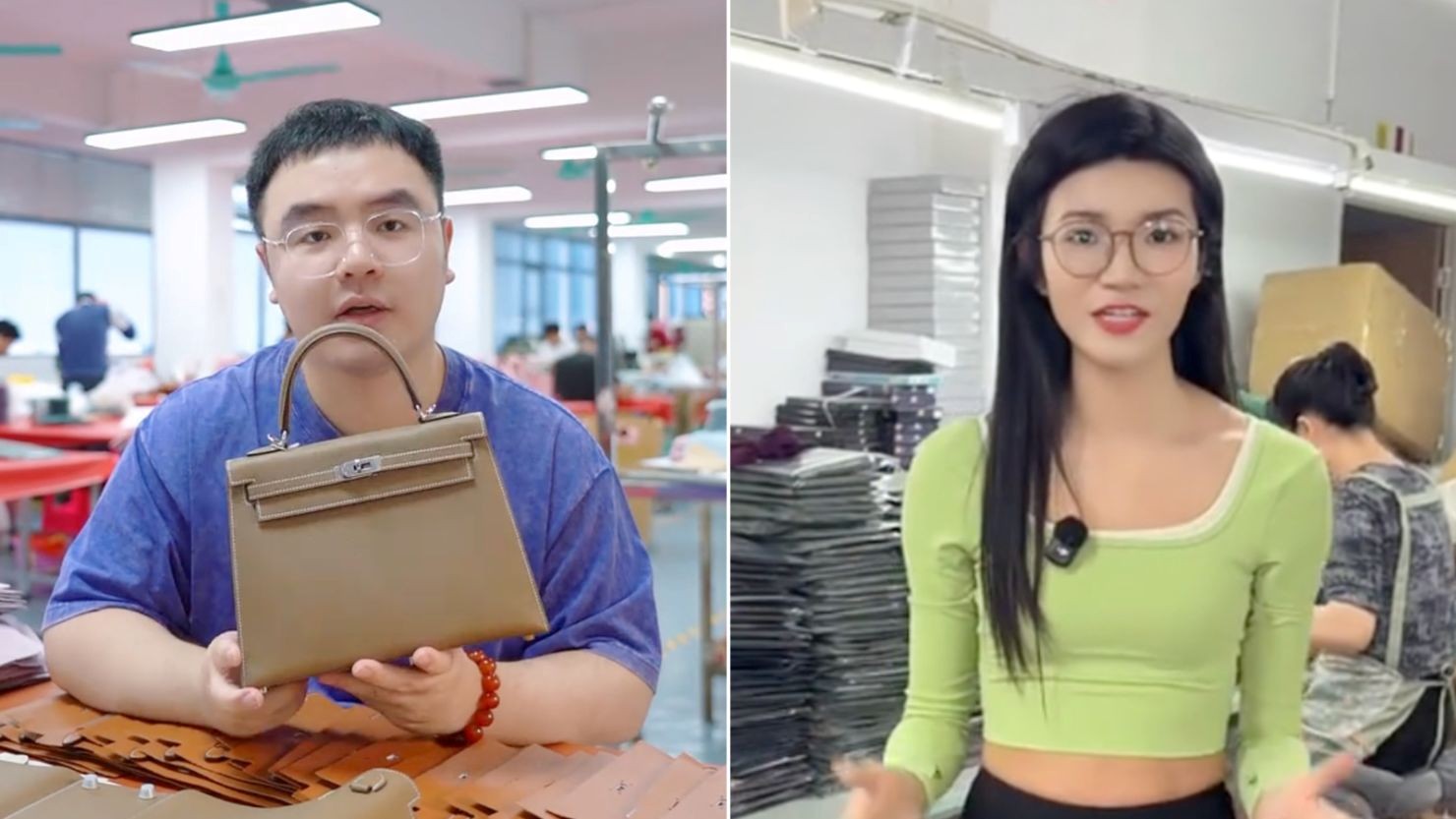
Government regulation of the fake market in China
Affected parties have previously complained that punishments for selling counterfeit goods in China are too light to deter offenders. In February 2017, Alibaba reported that reported 1,910 cases of suspected counterfeiting to authorities, but only 129 people were found guilty.
In August 2018, the State Administration for Market Regulation stepped up efforts to crack down on the illegal production and sale of counterfeit goods in China. The regulator announced strict punishments for online trading platforms that do not actively cooperate with market regulatory authorities or fail to protect the rights of consumers and trademark owners. State Administration for Market Regulation also demanded that other regulators, such as the Shanghai Administration for Industry and Commerce, launch targeted investigations into sales of counterfeit goods in China, and specifically investigate offending platforms such as Pinduoduo.
China’s new e-commerce law, which took effect on January 1st, 2019, aims to discourage counterfeiting in China through heavier fines and places more responsibility on digital platforms to remove sellers of fake goods. The law also addresses false advertising, consumer protection, data protection, and cybersecurity.
The law targets three groups: e-commerce platform operators like Taobao, merchants who sell goods on e-commerce platforms, and vendors with their own websites or social media. Merchants who sell exclusively on social media platforms had been previously unregulated, but now these sellers are required to register their businesses and pay relevant taxes.
Now, e-commerce platform operators and merchants are jointly liable for selling fake products. Platform operators can now be fined up to RMB 2 million (~USD 274,000) for the property infringement that comes with selling counterfeit goods in China.
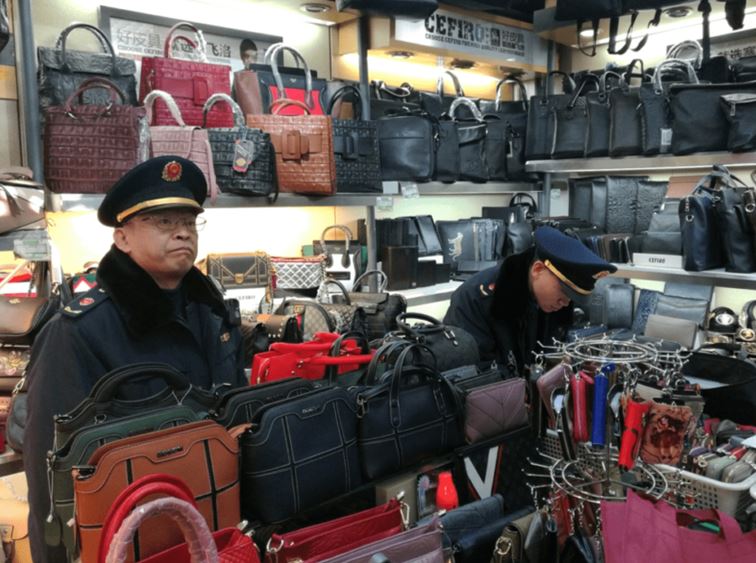
E-commerce platforms crack down on the sale of counterfeit goods in China
Taobao and fake goods
In 2015, the State Administration of Industry and Commerce revealed that only 37% of the luxury goods examined on Taobao were genuine. State authorities criticized Taobao for lax internal controls, stating that many of the products sold on the site were substandard, violated trademarks, or were just plain illegal. In response, Alibaba declared a zero-tolerance policy towards counterfeits and formed a 300-person team to fight against fake goods in the Chinese market.
Alibaba, Taobao’s parent company, created an Anti-Counterfeiting Alliance (AACA) back in 2017. By 2023, it had over 300 members and safeguarded more than 1,500 brands through Alibaba’s IP protection platform. Using AI and offline collaboration, Alibaba aided 2,123 investigations, leading to 2,737 arrests. Moreover, upgraded tools like AACA Queqiao boosted detection, reducing infringements by 12%. The company also launched China’s first online IP mediation system for faster dispute resolution.
How does Pinduoduo handle counterfeit items?
Pinduoduo, the third-largest e-commerce platform in China, is another site criticized for selling low-priced knockoffs. In August 2018, the State Administration for Market Regulation pushed Pinduoduo to strengthen platform management and regulate activities of third-party vendors. Pinduoduo now collaborates with over 400 luxury brands to fight counterfeiters and has created a RMB 150 million account to refund consumers who were unknowingly sold fake products.
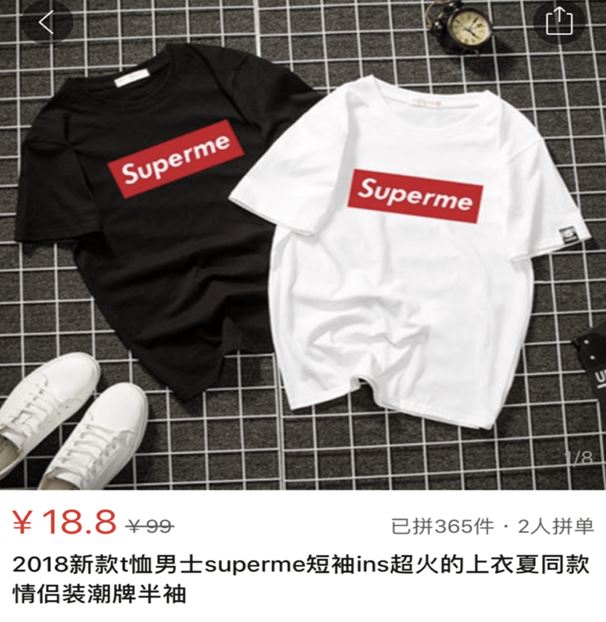
How counterfeiters in China get around AI controls online
Sellers of fake goods in China have evaded regulation online through various methods. Many sellers redirect clients to separate sales websites or mislabel items as “haute couture.” Taobao sellers also modify the brand name; a seller of fake Zara clothes would list his items as ZA or Z*ra, which bypasses online regulations set by Taobao.
Taobao’s AI tools are constantly improving. For example, new technologies filter against luxury products priced below a certain point. However, counterfeiters get around these AI controls by pricing their goods at the same high prices as the original products. When interested customers use Taobao’s private chat function, sellers then reveal the discounted price.
In-person sales of counterfeit goods in Shanghai and Beijing
Counterfeit goods sold online in China work hard to avoid detection, but physical brick-and-mortar ‘fake markets’ in cities like Shanghai and Beijing are out in the open, easy to find, and even reviewable on sites like TripAdvisor. Officials routinely inspect physical stores, but regulators routinely overlook small stalls selling fake goods and only target merchants who lead interested buyers to unmarked apartments, back rooms, or closets full of high-quality fake Gucci, Prada, Michael Kors, and Louis Vuitton handbags.
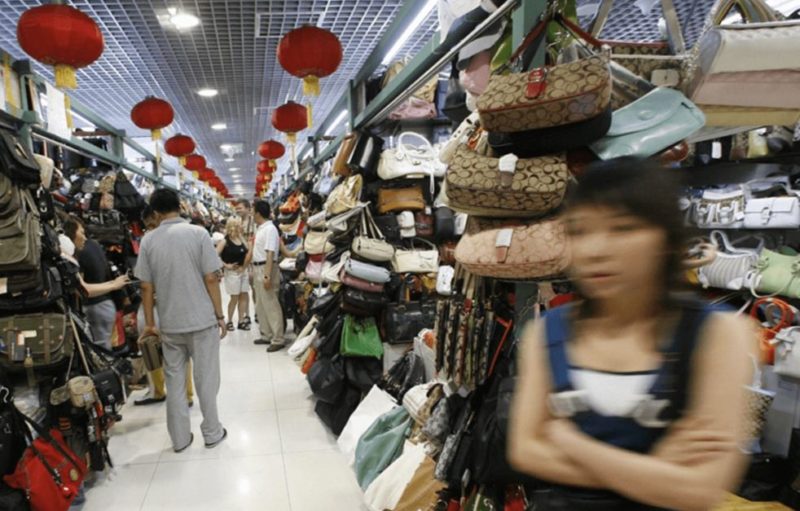
How Dewu combats counterfeits in China
The rise of the Chinese counterfeit market and consumer fear of being scammed into purchasing knockoffs has created a new industry in product authentication.
Dewu (得物) (also known as Poizon) has gained popularity in China, offering authentication services for luxury goods. The platform allows users to verify product authenticity through expert analysis, catering to consumers wary of counterfeit products. Items sent to their authentication centers undergo a multi-layered authentication system to prevent counterfeits. Professional authenticators verify materials, craftsmanship, and serial numbers, whilst AI-powered image recognition helps to detect fakes.
Moreover, Dewu maintained a closed-loop supply chain by sourcing directly from verified sellers. Buyers receive detailed authenticity certificates, and strict penalties are imposed on sellers attempting fraud. These measures ensure Dewu’s reputation as a trusted marketplace for genuine products and foster a counterfeit-free e-commerce platform.
How brands can fight back against Chinese counterfeiting
Anti-counterfeiting strategies must be brand-specific, taking into account the company’s target market, the types of counterfeits produced, and how the counterfeits are being manufactured, distributed, and sold. An effective strategy combines IP protection, export and customs controls, and retail market controls.
But no matter how sophisticated the anti-counterfeit strategy is, where there is a demand, there will be a supply. To shrink the Chinese counterfeit, consumers need to be deterred from purchasing fake goods in the first place. However, typical deterrence strategies that luxury brands have used in the West will not work in the Chinese market.
Most consumers who purchase counterfeits in China are well aware that the quality is not on par with the real product. In fact, the counterfeits in China are often of nearly genuine quality. Thus, highlighting the poor performance quality of counterfeit goods is not an effective deterrence strategy in China.
Anti-counterfeiting in China
Luxury brands joining efforts to deal with counterfeits: Aura Consortium and the role of NFTs
Brands are now introducing new NFT and blockchain solutions to fight counterfeit goods. Blockchain is a ledger that can record transactions, track assets, and provide transparency. NFTs, or non-fungible tokens, are digital blockchain assets that represent a unique thing. With such technology, companies have taken steps to leverage blockchain technologies in their fight against counterfeiting.
AURA, a blockchain-based platform, authenticates luxury goods. The way it works is that during manufacturing, each luxury product receives a unique identifier that a customer can access and view its cryptographically signed online certificate.
While blockchain technology seems to be promising in fighting counterfeits, there are a few shortcomings. Blockchain technology cannot ensure the integrity of the information recorded in the first place, and blockchain requires the involvement of all parties to ensure full transparency. The difficulty in getting all involved brands to share information has prevented many brands like Vestiaire Collective from adopting blockchain technology.
Rethinking the fashion industry
For years, the luxury industry has been battling counterfeiters, investing heavily in technology, the internet, and AI to authenticate products. Brands have lobbied governments to seize and destroy fake goods, prosecute buyers and dealers, and manage online traffic to counterfeit platforms. However, legal action does not seem to be enough.
By changing customer perspectives and the fashion industry, trends can focus on authenticity and quality rather than brand names and fast consumption through fast fashion. Although logos are easy to copy, good craftsmanship isn’t. To make fakes less attractive to consumers, luxury brands can reevaluate their purpose and production techniques. By producing products that are tough to replicate and independent of the logo, luxury brands can use traditional craftsmanship, handmade components, and heritage techniques to infuse their brand with authenticity.
Key takeaways from Chinese counterfeit products
- The counterfeit industry is a direct consequence of China’s industrial growth and the consumer’s obsession with brand image and luxury.
- The counterfeit industry continues to grow each year, hurting companies and consumers who hope to buy authentic products.
- Through adopting new technology like blockchain and NFTs, luxury brands can fight Chinese counterfeit products.
- Luxury brands can distance themselves from counterfeits through brand independence or a direct-to-consumer strategy in China.
